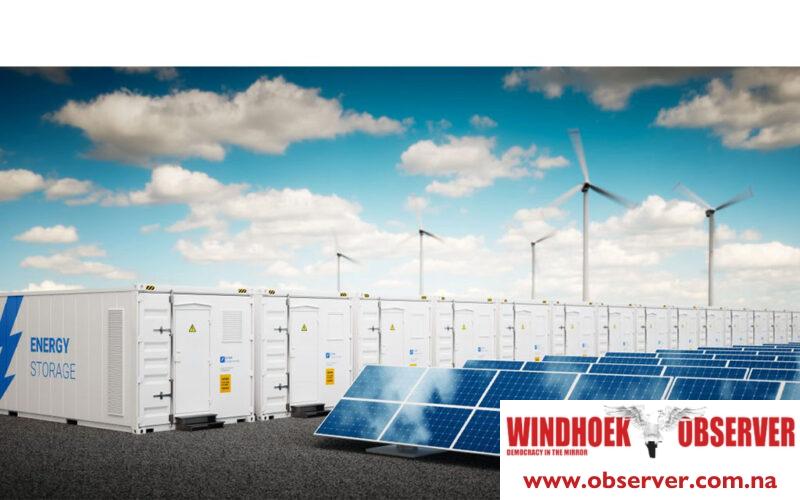Niël Terblanché
Namibia is making substantial strides in its journey towards energy independence by focusing on renewable energy projects that aim to bridge the gap in electricity generation, especially in rural areas.
Penda Ithindi, the Executive Director of the Ministry of Mines and Energy, said that harnessing Namibia’s vast renewable resources is a credible game changer for the country.
Currently, Namibia generates only about 45% of its total energy demand, relying heavily on electricity imports from neighbouring countries like South Africa and Zambia.
According to Ithindi, this reliance on imported energy stresses the urgency of developing local renewable energy sources to ensure a sustainable and secure energy supply for the nation.
“The push towards renewable energy is not just about reducing dependence on imported electricity, it is also about fostering economic growth and social development, particularly in underserved rural communities,” Ithindi said.
According to Thorsten Hutter, the German Ambassador to Namibia, increasing access to affordable and locally produced electricity is crucial for reducing poverty and enhancing the quality of life in these regions.
Currently, only about 55% of Namibia’s population has access to electricity, with rural areas being the most affected.
The Namibian government has set an ambitious agenda to expand its renewable energy portfolio, focusing on solar, wind, and green hydrogen projects.
Namibia boasts some of the highest solar irradiance potentials in Africa, with the capacity to harness about 10 hours of strong sunlight per day for 300 days a year.
According to the World Economic Forum, this abundance of solar energy positions the country as a potential renewable energy hub for the region.
Efforts to develop renewable energy in Namibia are supported by substantial investments and international partnerships.
The World Bank has approved a US$138.5 million project to enhance Namibia’s electricity transmission infrastructure, which will facilitate greater integration of renewable energy into the national grid.
Namibia’s Second Harambee Prosperity Plan (HPPII) emphasizes the development of a green and blue economy, aiming to spur economic growth and create sustainable jobs.
A key component of Namibia’s renewable energy strategy is the emerging green hydrogen industry.
The country’s favourable climate, extensive land availability, and access to sustainable water resources make it an ideal location for green hydrogen production.
The green hydrogen industry is expected to play a pivotal role in Namibia’s future energy landscape, offering a clean and sustainable alternative to fossil fuels.
The government’s commitment to renewable energy is further demonstrated by a variety of tenders inviting consultants to develop a range of renewable energy projects, including solar, wind, and battery energy storage systems.
These initiatives are designed to support not only the country’s energy needs but also its economic development objectives by creating job opportunities and fostering technological innovation.
By investing in renewable energy, Namibia is not only addressing its immediate energy needs but also contributing to global efforts to combat climate change.
The country’s strategic focus on green energy positions it as a leader in the transition to a sustainable future, setting a strong example for other nations in the region.
Namibia’s journey towards renewable energy is a demonstration of the power of innovative policy and international cooperation in tackling global challenges.




